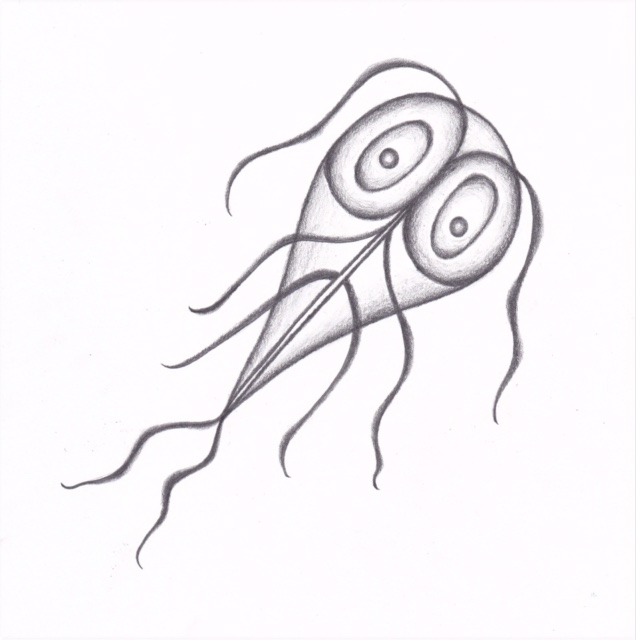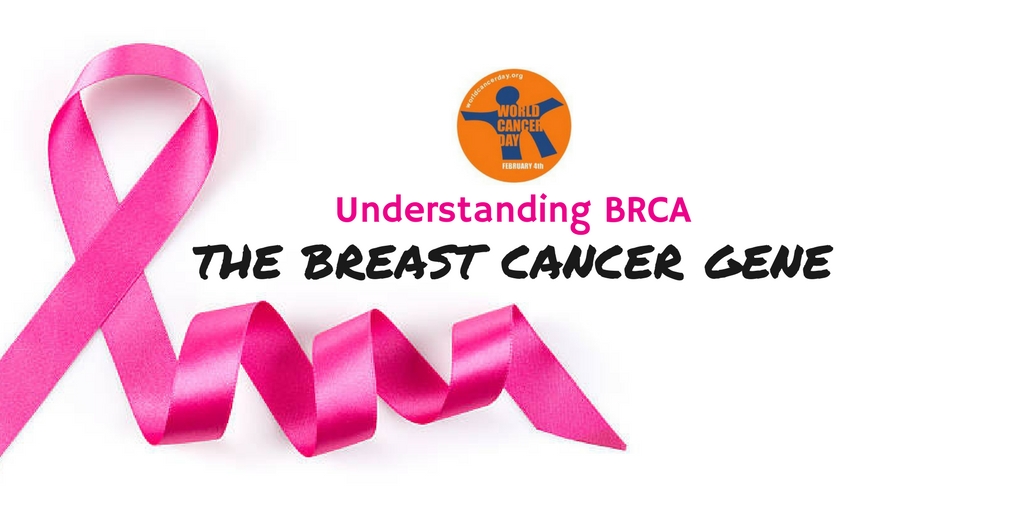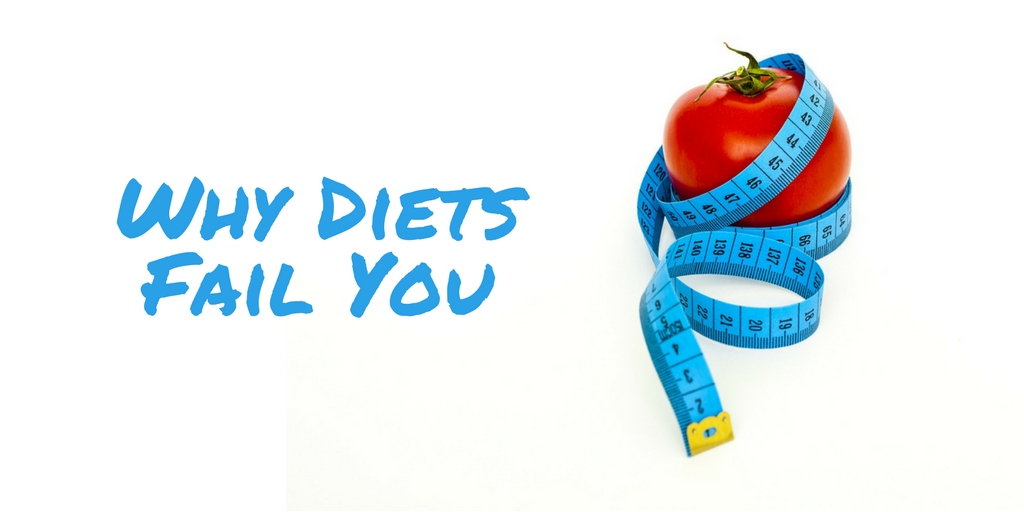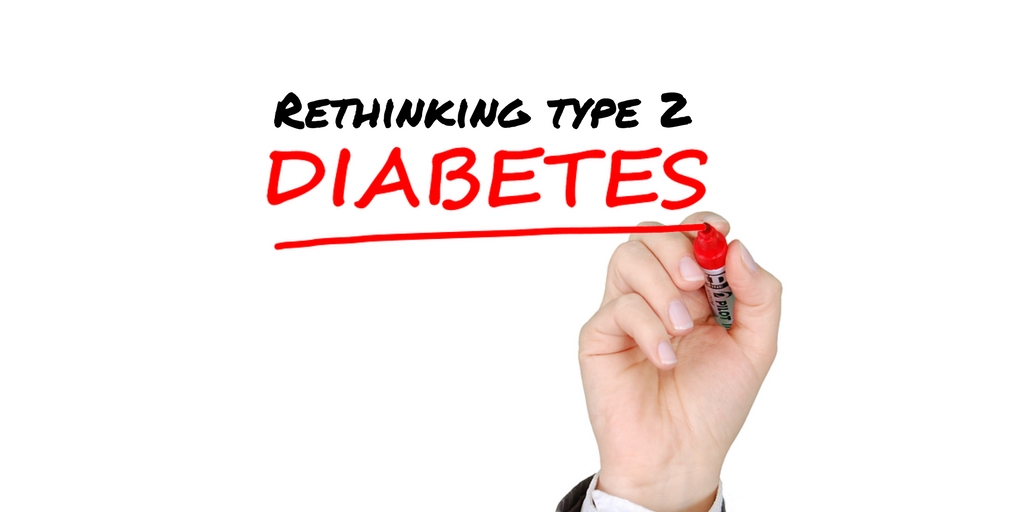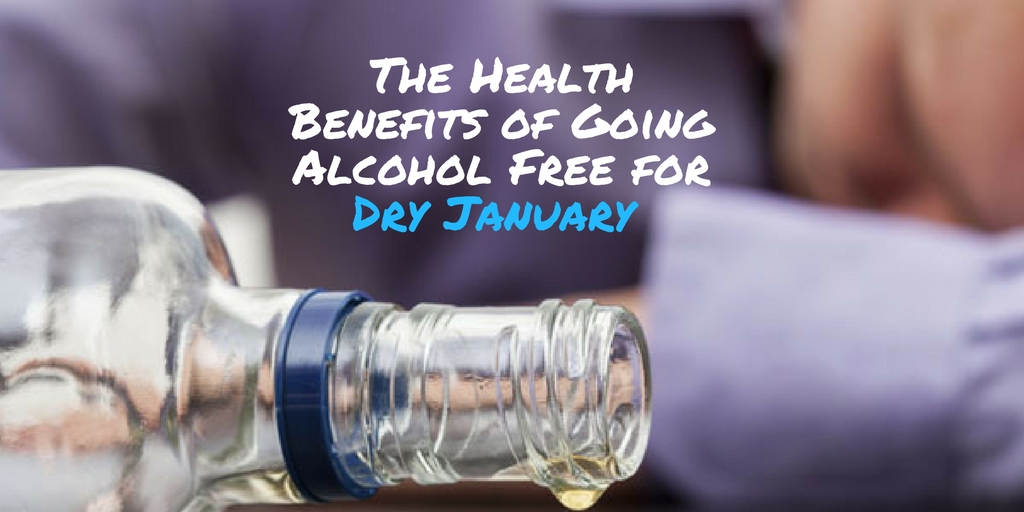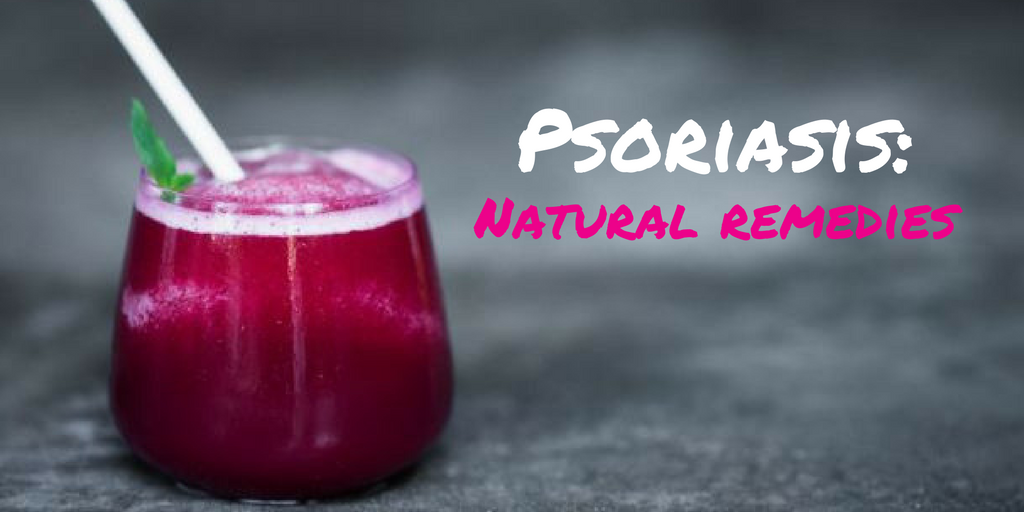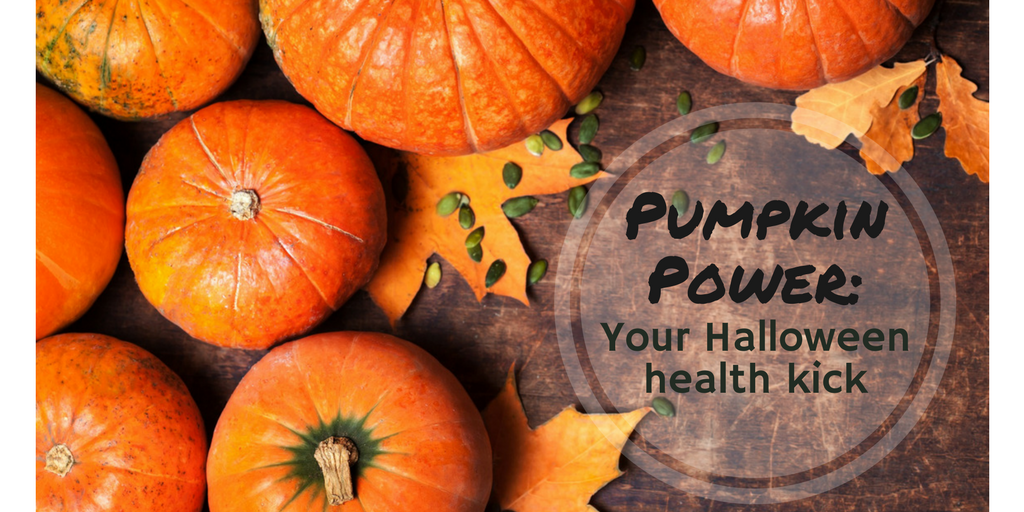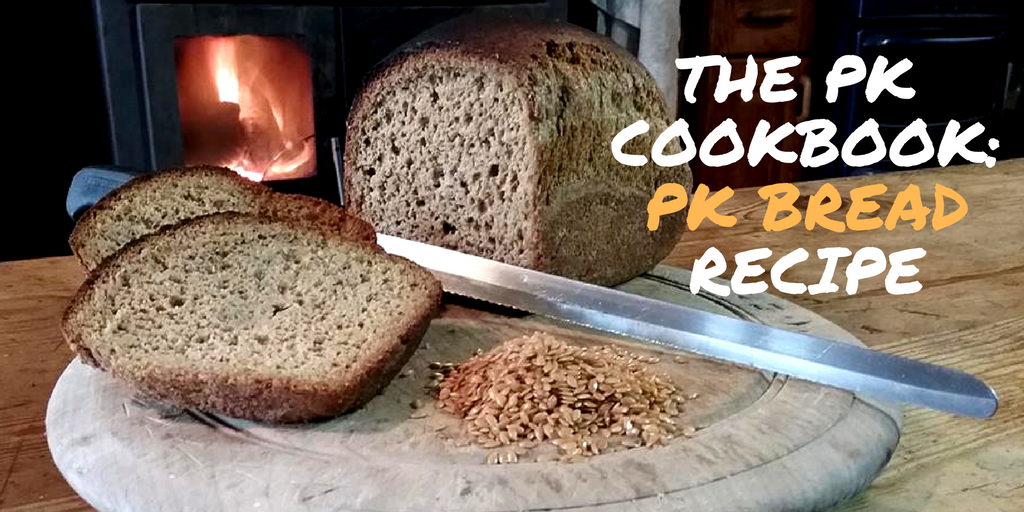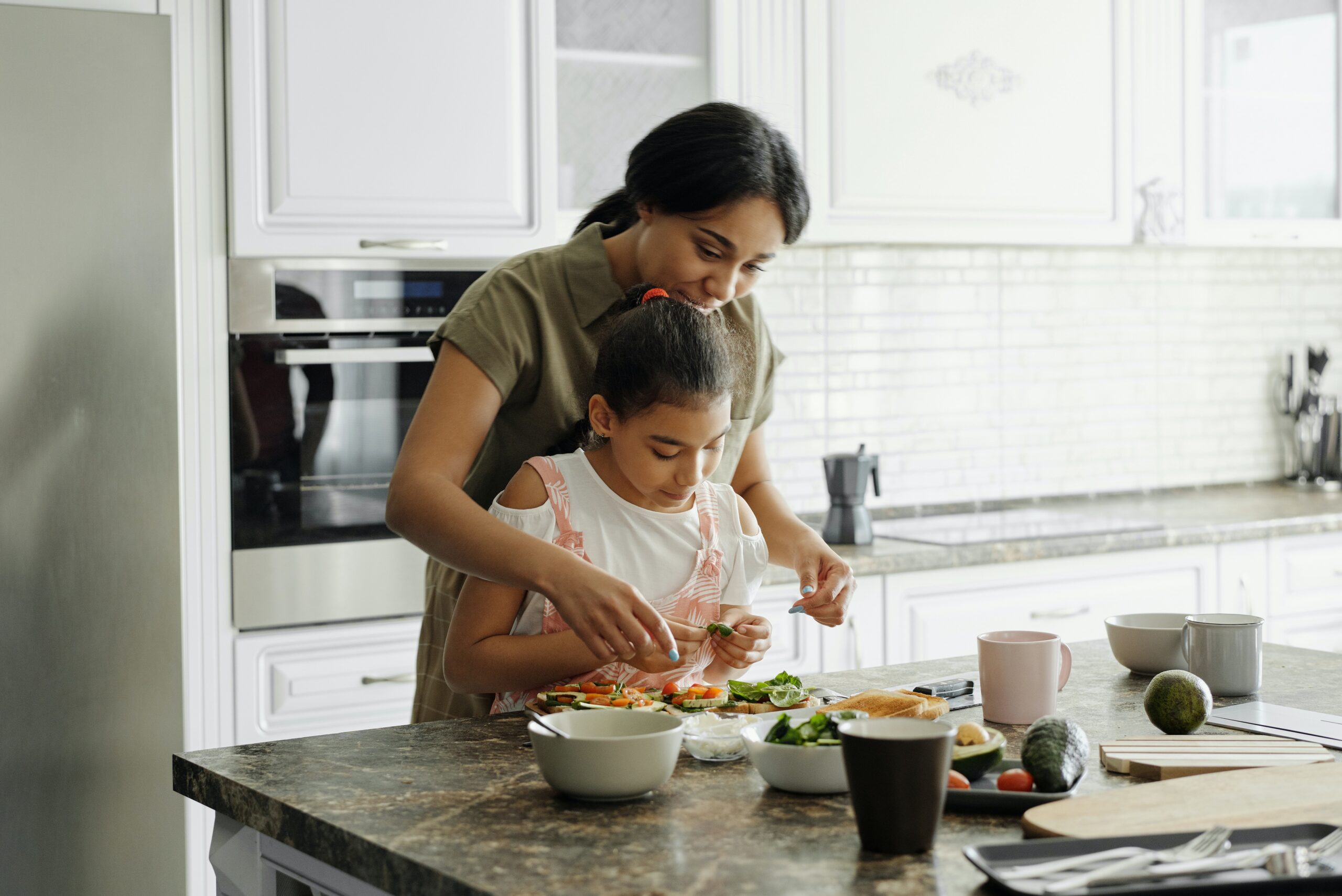
Blog post written by Hanna Purdy, author of ‘Could it be Insulin Resistance?’
Insulin resistance and its corresponding effects, such as obesity, are alarmingly common issues in young people. In addition to excess weight, it is less commonly known and acknowledged that the effects of insulin resistance can also manifest as depression, anxiety and other mental health issues. This is due to the interconnection between the enteric nervous system, a collection of millions of nerve cells lining the gastrointestinal tract, and the central nervous system. This gut-brain axis means that our diet has a substantial influence over our moods. Therefore an unbalanced gut microbiome, hormonal imbalance and chronic inflammation, which are all effects of an unhealthy diet, go hand in hand with insulin resistance and negatively influence our mental as well as physical health. These effects are highly damaging to developing children and young people.
What is insulin resistance?
To briefly outline this concept, insulin resistance is where our cells are not responding to the effects of insulin in the way they should. The main cause of this is the overconsumption of sugary and starchy foods, as well as eating too frequently (e.g. snacking throughout the day). As a result, too much insulin is produced in the body, a hormonal problem also known as metabolic syndrome. A diet consisting of an excess of sugar and starch and a lack of integral micronutrients can also have an adverse effect on the good bacteria in our gut, causing abdominal problems such as IBS as well as mental issues such as depression. An excess of insulin and a deficiency of good bacteria can affect other hormones in the body, causing problems such as early puberty, acne and PCOS.
Children and young people are especially vulnerable to the consequences of insulin resistance, and therefore it is vital that parents are educated as to its cause and effects, as well as how to reverse it.
Educate your young people on insulin resistance
A common misconception held by both adolescents and adults is that you need to eat less to lose weight. It is important to understand that weight loss does not work that way, and under-eating can only do harm. It is essential for children and young people to eat the necessary nutrients (e.g. proteins, healthy fats) and the right amount of food to fuel their bodies. Excess weight is the result of too much insulin in the body, not too many calories, and exercising more does not solve this problem either. We also need to have an understanding of the micronutrients we get from our food, and why they are needed.
Education is one of the most important things if you want to bring about a lifestyle change, as cutting out sugar and starchy carbohydrates may be challenging. Educating your children and young people is very advantageous, as building an understanding of the topic of insulin resistance and healthy eating could motivate them to opt for healthier foods themselves. The WHY is very important. Simply making them eat more healthily “just because” will not help create long-term changes.
Learn to cook a wide variety of tasty and healthy meals
The first thing that comes to mind when thinking about healthy meals is salad. It might be worth reminding young people that healthy meals can actually be delicious and tastier than fast food when cooked right. You can eat all your favourite foods if you just make them yourself, from good ingredients. A fun way to get creative is to make alternatives to your favourite junk foods and desserts. There are many websites online that provide delicious recipes for you to follow and tweak to your liking (and there are some in my book Could it be Insulin Resistance? also). Personally, I find that the healthier alternatives taste better and they make you feel great. Here’s an example recipe from my book:
Chilli con carne
For 4 people
Ingredients: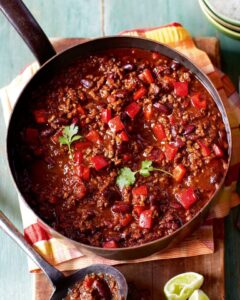
- olive oil
- 500g beef mince
- 1 onion, finely chopped
- 1 red pepper, finely chopped
- 1 yellow pepper, finely chopped
- 2-3 cloves garlic, finely chopped, or grated
- 400g can chopped tomatoes
- 2 tbsp tomato purée
- 1-2 tsp chilli powder
- 2 tsp paprika
- 1 tsp ground cumin
- salt
- black pepper
- sour cream
- grated cheddar cheese for serving
Method:
- Heat a drizzle of olive oil in a pan
- Add the mince and cook until it is brown
- When the meat is nearly cooked, add the onion and peppers and continue cooking for another 5 minutes
- Add the garlic, tomatoes, tomato purée and all the spices, including salt and pepper, according to your taste
- Simmer for 15-20 minutes. Serve with grated cheese and a spoonful of sour cream on top as well as a green salad
Replace fizzy drinks with water, kombucha and herbal tea
Soft drinks such as Coke or Pepsi can be very addictive. Kombucha is a great alternative. Not only is it pleasing for the taste buds, but it also provides probiotics, which are essential for gut health. If you can’t obtain kombucha, then herbal tea with some honey should suffice.
Now, if you think that replacing sodas with diet sodas is better, you have been misinformed. There are many articles on the Internet that provide valuable insight on the subject, but in short, diet sodas are very harmful to the body, containing artificial sweeteners as they do. Don’t forget, fresh water is always the best alternative for hydration.
Please read my book, ‘Could it be Insulin Resistance?’, for more information on this topic.


